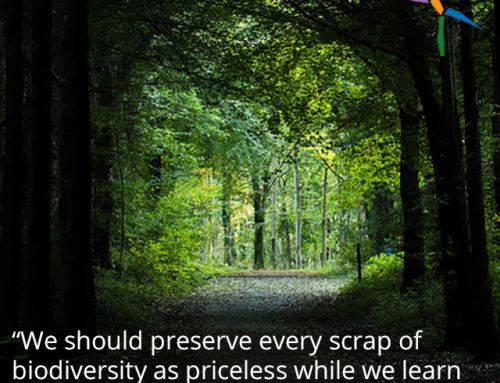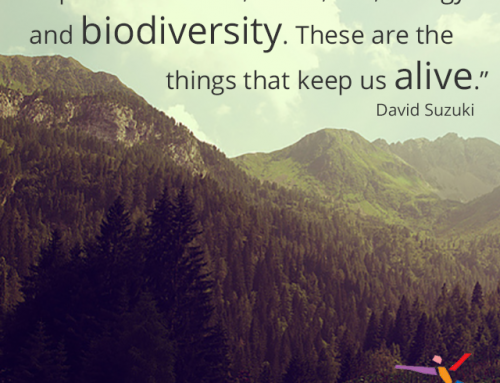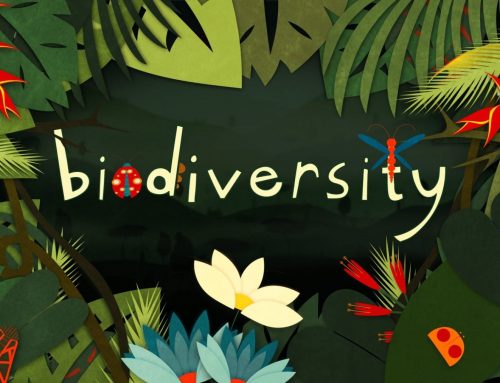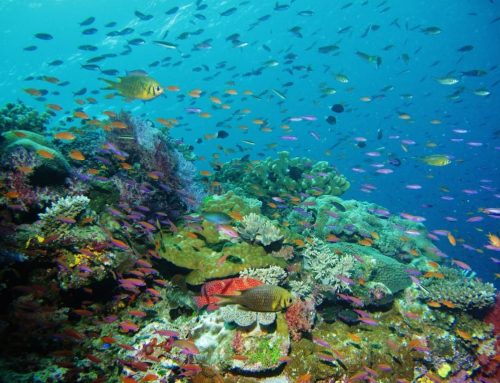We decided that the month when there’s a holiday devoted to love (yes, we know, it’s a consumer holiday, but we like to flip that idea) was a great month to devote article space to some of the recipients of our hearts – pets. For the rest of the month, we’ll be featuring tips on eco-friendly best practices for all of the lucky, lucky pet owners out there who got rescued by a furry (or non-furry) friend.
Today, we’re focusing on eco-friendly tips for cat owners. We love our cats so much that we actually used a picture of our own furry love fest for this article. Meet Eva! How do we keep Eva happy and both eco- and consumer conscious? Here are our tips.
Tip One: The Most Important Choice You’ll Make is About Litter
Choosing the right litter isn’t just important for the welfare of the planet, it’s also important for your cat’s health. The more chemicals there are in your litter, the worse it is for the planet. Also, remember that your cat spends time in a very enclosed space inhaling those chemicals, so the litter is bad for your furry loved one as well. These days, there are a wide variety of litter options made from corn kernels, pine or even old newspaper. Before you write them off as not being able to control the scent of your pet well enough, give them a try. Our household recently switched to a corn-based litter and the odor control is actually better than our previous chemical litter. Like many things that are better for the planet, don’t equate “stronger chemical smell” with better. That’s just socialization, and it doesn’t always hold true.
Tip Two: Consider the Impact of Your Cat’s Water Habit
If you have a cat, then you know that one of the most challenging things about cats is that they often will refuse to drink from water that isn’t moving. It’s a natural instinct that moving water instead of stagnant water is less likely to have bacteria or make them sick. They’re cats. They don’t know that you’re getting your still water from clean, safe sources! And let’s be thankful that we haven’t killed at least that natural instinct in them! However, there’s no eco-friendly way to let your cat have a running water source (that we know of). Letting the tap drip is incredibly bad for water conservation and electric running water fountains waste electricity all day long. It may be time for some tough love. The reality is that no cat is going to allow him or herself to dehydrate to death. If you only provide still water, your cat will learn to drink it!
Tip Three: Adopt. Then Spay and/or Neuter
Pet overpopulation is bad for the planet. There’s just no way around that. When you adopt a pet rather than buy from a breeder, you’re not only doing a good deed, you’re also helping to control the pet population. Of course, equally important is that you spay and/or neuter your pet. Unless you are specifically planning on a limited number of pet grandchildren, you don’t want to be spewing more unsupportable animals into the world. According to TreeHugger, there are 5500 puppies and kittens born daily in the United States, as compared with 415 human babies per day. Then there are between three and four million homeless pets that are euthanized annually. Aside from being unbearably, heartbreakingly sad, that number also represents a huge carbon footprint. Do your part to help to reduce it.
Tip Four: Shop for Cat Supplies Locally
Shopping for your cat is no different than shopping for yourself when it comes to local versus travel time. The fewer “food miles” you can put on what you purchase, the better. It’s also the same when it comes to choosing a local, smaller franchise or a big box pet store. The more you can focus on local retailers and products, the better.
Tip Five: Shop Eco-Friendly
These days, you can essentially buy anything that you need for your cat in an eco-friendly way. From organic or all-natural cat food to collars and toys made from upcycled or recycled goods. Almost any pet store carries an entire range of these products.
Your cat dreams of the outdoors, so make choices that will help him enjoy a clean planet for years to come!
Other Useful Info & Full Articles





